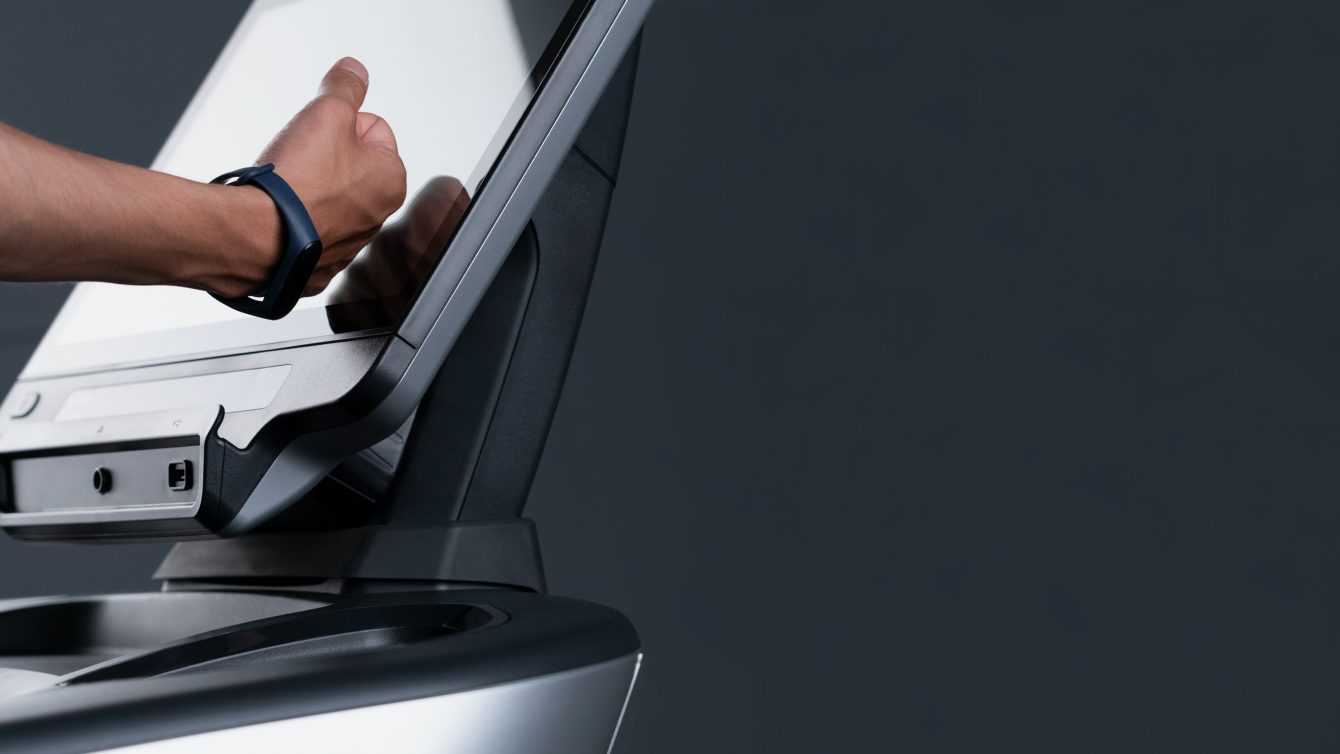Year after year, technology is making giant strides bringing with it a series of innovations that radically change the way we interact with the world around us
One of the most interesting innovations in recent years is the tecnologia RFID (Radio-Frequency Identification), a system that is revolutionizing data management and process automation in numerous sectors, from industry to logistics, from healthcare to retail. But what is it, how does it work and in what contexts is it used?
What is RFID technology?
The RFID technology is an automatic identification system that uses radio waves to detect, identify and track objects, animals or people. It is based on a communication system between an RFID reader and an RFID tag, i.e. a small electronic device containing a microchip and an antenna. Tags can be passive, semi-passive or active depending on their power and communication capabilities.
Il operation of RFID technology it’s quite simple but incredibly effective. The first step involves the emission of the signal by an RFID reader through an antenna, then this is received by an RFID tag which detects the signal energy and activates. Once the connection is activated, the RFID tag responds by transmitting the data stored in its microchip to the RFID reader, which receives the data and processes it and then uses it in multiple ways, for example to monitor the position and status of a product in time real.
Applications of RFID technology
Despite being simple in terms of setup, the operation of RFID technology may seem unclear to non-experts, at least as regards the real usefulness of these systems. In reality, these solutions find application in various sectors and almost all of us deal with it every day.
For example, many companies use RFID to monitor the movement of products within the warehouses, improving the efficiency of the supply chain, as well as in retail this technology can be essential to keep track of inventories and prevent losses. RFID technology then comes into play for the payment of motorway tolls and for the monitoring of vehicles in public transport or for track medical equipment and better manage the distribution of medicines or, again, to guarantee the security of many commonly used digital services.
As regards this last application, it is emblematic what happens in online poker roomswhich thanks to radio frequency identification are able to certify the authenticity of the chips used by the players sitting at the table, immediately identifying their value, origin and in some cases also their ownership, eliminating possible human errors and determining authenticity in real time of tokens.
Security and privacy in RFID technology
Although RFID technology offers, as we will see, numerous advantages, it is essential to also consider the security and privacy issues. Since the data is transmitted via radio, there is a risk that third parties could intercept and decode this information, which could lead to potential privacy violations, especially when it comes to personal data. Without prejudice to the effectiveness of these systems, it is therefore essential to implement robust security measures, such as data encryption, to protect the information transmitted through RFID tags.
Concerns regarding security and personal privacy are certainly an important element to consider when talking about RFID as well as other new digital technologies, however, while maintaining high attention on the topic, this cannot put the potential of a system that has already shown extensive benefits for users.

Advantages of RFID technology
But what are the advantages of RFID technology for operators and users? It’s easy to say: first of all, radio frequency allows you to automate processes minimizing the risks of human error, but to this there are added benefits in terms of real-time traceability and efficiencywith cost reduction and greater productivity.
Regardless of the individual application sector, in short, RFID technology represents one of the most promising innovations of this era. Its ability to track and identify objects quickly and efficiently is changing the world how we manage logistics, security and many other aspects of our daily lives, not only by simplifying procedures but also by protecting all those involved in the various exchanges. With the continuous development of the technology, it is therefore very likely that we will see more and more RFID applications emerge in the future, making this technology the protagonist of our activities.
















Leave a Reply
View Comments